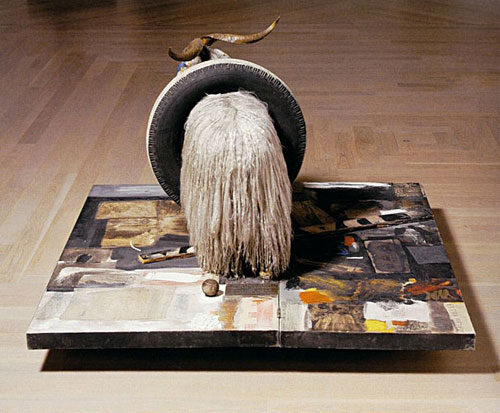It is widely acknowledged that a major shift occurred in the modern art world in the later 1950s and earlier 1960s as artists began experimenting with alternatives to painting and sculpture. In some cases, as with the happenings pioneered by Allan Kaprow and the actions of artists such as Joseph Beuys, the art object as such ceased to play a central role and was replaced by events and interventions carried out in real time. This shift has been interpreted in a number of ways. Most commonly it is seen as marking the beginnings of a post-modern abandonment of the traditional art object. It is also represented as neo-avant-garde gesture, repeating early twentieth century avant-garde critiques of the autonomy of art. The course explores this shift by focusing on the realist, anti-formalist preoccupation with breaking down the boundaries between art and life shared by the new experimental initiatives, and that the increasingly institutionalized nature of the modern art world brought to crisis point. It also examines a larger underlying tension between art and non-art in twentieth-century artistic culture that came to a head in the later 1950s, but that already manifested itself in significant aspects of artistic practice and critical thinking about art in the immediate postwar period.
We shall be discussing how the new experimental initiatives sought to engage with the realities of the contemporary world in ways that seemed to be precluded by dominant forms of modern art practice and by the commitment to a radical abstraction that played such a central role in the art world of the 1950s. Materials were taken directly from contemporary mass culture and everyday life, but redeployed in ways that disrupted its instant legibility. The ambitions to create an art that would evoke something of the underlying fabric of contemporary reality gave rise to devices such as montage or assemblage that brought together disparate arrays of objects, images and actions. We shall be exploring how aspects of such 'new realism' are evident, if in very different form, in the work of earlier artists, such as Dubuffet, who, while practicing as painters, were in their own way committed to producing work that conveyed a strong sense of the non-artistic. We shall also be discussing the implications of these experiments in modern realism for understandings of later artistic practice. Image : Robert Rauschenberg - Mongram 1955-9, rear view.
